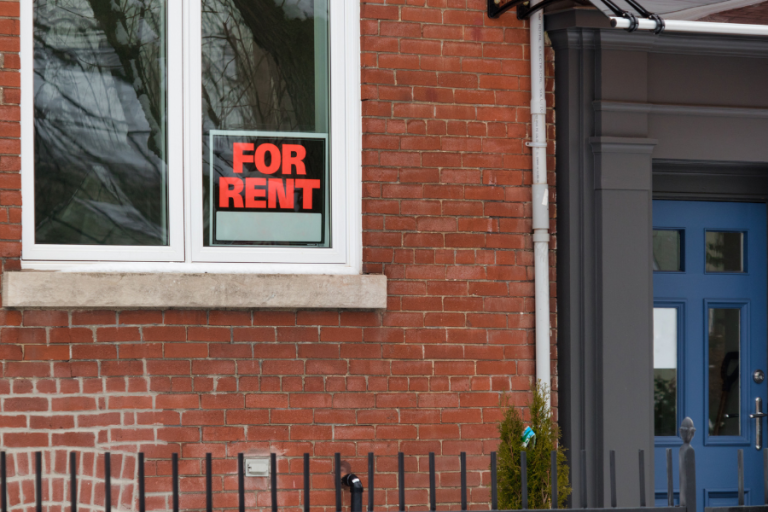At least four states, including California, have introduced rental housing deposit assistance as part of their Medicaid benefits.
A new paper by authors from the University of California, Berkeley School of Public Health and others shows that this type of benefit, offered as part of California's Whole Person Care Pilot Program, is changing hospitals, emergency departments, outpatients and other health care. We are evaluating whether it has brought about this. use.
According to the study authors, “interventions that directly provide housing, such as permanent supportive housing and hotel placement, have been shown to reduce health spending and hospital utilization.” “Several evidence shows that rental assistance is associated with lower odds of poor health, less psychological distress, and fewer unmet medical needs.” The above benefits have not been quantified so far.
The study compared changes in health care utilization for 1,690 adults in Contra Costa County from October 2018 to December 2021. Half of the adults received housing bond support along with case management. In this service, experts work with clients to identify, coordinate, and advocate for services. Services may span the medical, behavioral health, and social care systems. Half received only case management during the same period. Recipient one-time moving transition costs averaged $1,750 per recipient.
Both cohorts were comprised of people with housing instability.
“About half of those who received an earnest money deposit felt they were at risk of losing their home within six months,” said lead author Margay Knox, now a postdoctoral fellow at Kaiser Permanente Northern California. . Knox earned a doctorate in health policy from the University of California, Berkeley School of Public Health in 2023. “A comparison group that received only case management reported similar levels of housing insecurity.”
Looking at the results for both groups, healthcare utilization decreased for all services in both the savings and comparison groups from 6 months pre-intervention to 6 months post-intervention. There was no significant reduction in health care utilization in the group that received a housing deposit.
“This is foundational research,” Knox said. “It's important to understand how our policies work. This is the starting point for thinking about how to make these programs work for the people who need them.”
In fact, Knox and colleagues argue that “one explanation for the similarities in health care utilization between both groups is that both groups received case management, which minimized the observed treatment effect on housing deposits.” It means that the
“Despite the lack of clear differences in health care utilization between deposits and comparison groups, it is still possible that deposits support better health and well-being; for example, deposit recipients who move into stable housing gained improved rest, a cleaner environment to stay healthy, access to a kitchen to prepare cost-effective and nutritious meals, and the ability to take advantage of food benefits and similar supports. There is a possibility.”
However, one might think that these more innovative Medicaid programs are being led by blue states. But Arizona and Arkansas are also investing in these rent-bond assistance programs.

